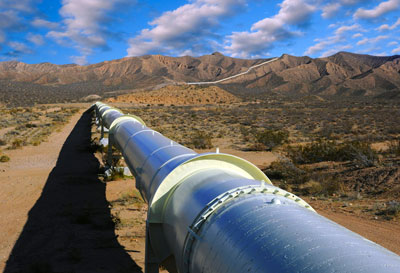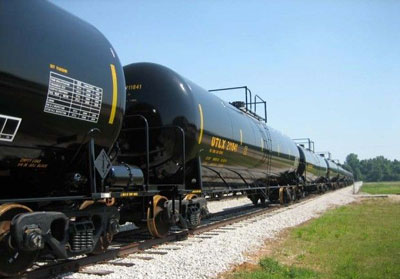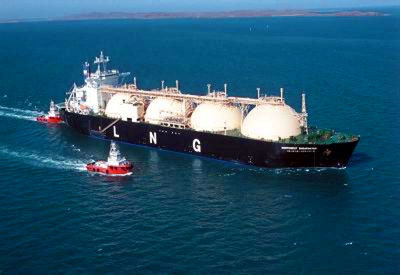The benefits and needs of different oil and gas transport methods
In various regions of the world, oil and gas have been discovered. However, refineries and processing facilities are often concentrated in a few areas. This means that oil and gas must be transported safely and efficiently from many different regions to these processing plants. Three of the best transport methods are pipeline, ship, and rail. Let’s take a look at the benefits of each.
Pipeline Transport

In the vicinity of the oil field gathering, you can set the refinery. The crude oil can be extracted through the tubing and then transported via pipelines to the processing plants, tankers, and refineries. There are several benefits to the pipeline technique, including:
- Safety: It is a safe way to transport natural gas and oil through pipelines. In the United States, there are nearly 500000 miles of pipeline systems, which generally carry petroleum products, crude oil and natural gas. The technology of pipeline transportation is environmentally friendly and leads to exceedingly low rates of injuries and fatalities. In fact, it would be easier for a citizen to get struck by lightning than hurt in a pipeline accident.
- Energy Efficient: Pipeline transportation technology uses less energy than trucks and rail transport. Therefore, this technology is environmentally friendly and a low carbon footprint.
- Convenience: The transportation will flow along the pipeline to the position of the booster pump. Because the pressure can be easily controlled to ensure that the flow of oil to the destination.
Railway Transport

Through the railway, crude oil can also be efficiently transported from the source to the refineries. Although this is considered a matter of expediency before the pipeline established, it has become a popular mode of transportation. Some of the benefits of rail transport include:
- Low Cost Set Up: It takes a short time to recover the capital costs of setting up railway infrastructures to move gas and oil.
- Short Construction Time: Building a new railway infrastructure needs a relatively short time. After that, you can use it quickly and repeatedly.
- Fleet Resources: The rail transport system can easily get support resources, such as railway staff, rail cars, locomotives and extra tracks.
- Shorter Transit Times: Transportation of crude oil through the train can be in a relatively short period of time. For example, shipping fuels from Alberta to the U.S. Gulf Coast only takes one to two weeks.
- Quick Response to Market Fluctuations: Railway operators can quickly respond to changes in the market. In other words, the railway system can be flexibly adapted to the ups and downs of the gas and oil transportation business.
Ship Transport

Another way to move from one position to another is by ship or barge. Around the world there are many barges to transport natural gas and oil on the continental river and seas. Some of the advantages of using ships to transport petroleum include:
- Inexpensive: Transportation of crude oil through a barge or a ship is one of the lowest cost methods.
- Flexible Waterways: Vessels can be transported flexibly through continental river and coastal waters. For example, it can be shipped via the Mississippi River, Hudson River, Atlantic, and/or Pacific Oceans.
- Large Capacities: Ships or barges can carry huge amounts of oil. A typical tank barge can accommodate 30000 barrels.
- Multiple Barges Available: There is a wealth of barge and integrated barge ships available for petroleum.
Conclusion
With the global energy production continues to boom, the industry of oil and gas transport is also changing. Therefore, the transport of crude oil from the source to the refinery must be an effective way to complete the work. Pipelines are safe, energy efficient and convenient. Barges and ships offer cost benefits, flexibility and have large capacities. Rail transports fuel is a cheap technology, that needs to set up the infrastructure in a short time. But it offers minimal transit time, has readily available fleet resources and responds quickly to the market fluctuations. Each transport method has its own unique advantages and applications that requires a careful planning by managers.

